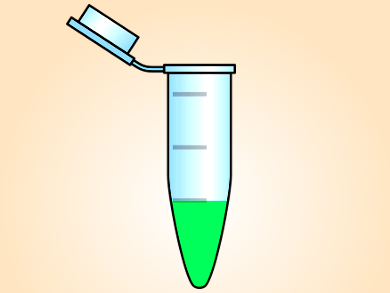Carbon monoxide is a toxic gas. However, in small concentrations, it is important for cell signaling pathways and could be useful as a therapeutic agent. Detecting CO in living cells is still difficult, although some CO probes for fluorescent imaging have recently been developed.
Guoqiang Feng and colleagues, Central China Normal University, Wuhan, China, have synthesized a fluorescein-based fluorescent probe which can detect CO under mild conditions in living cells. The team functionalized the fluorescein with two allyl chloroformate groups, thus turning off its fluorescence and used PdCl2 as an additive. When CO is added to this mixture, it converts Pd(II) to Pd(0). The elemental palladium then takes part in a Tsuji−Trost reaction to remove the allyl chloroformate groups, and thus releases fluorescein and turns on the fluorescence.
The team found that the probe was able to detect CO in aqueous solutions with high sensitivity and selectivity and rapid response times. It shows very low cytotoxicity and, according to the researchers, could be a useful tool for the detection of CO in living systems.
- Readily Available Fluorescent Probe for Carbon Monoxide Imaging in Living Cells,
Weiyong Feng, Dandan Liu, Shumin Feng, Guoqiang Feng,
Anal. Chem. 2016.
DOI: 10.1021/acs.analchem.6b03073




